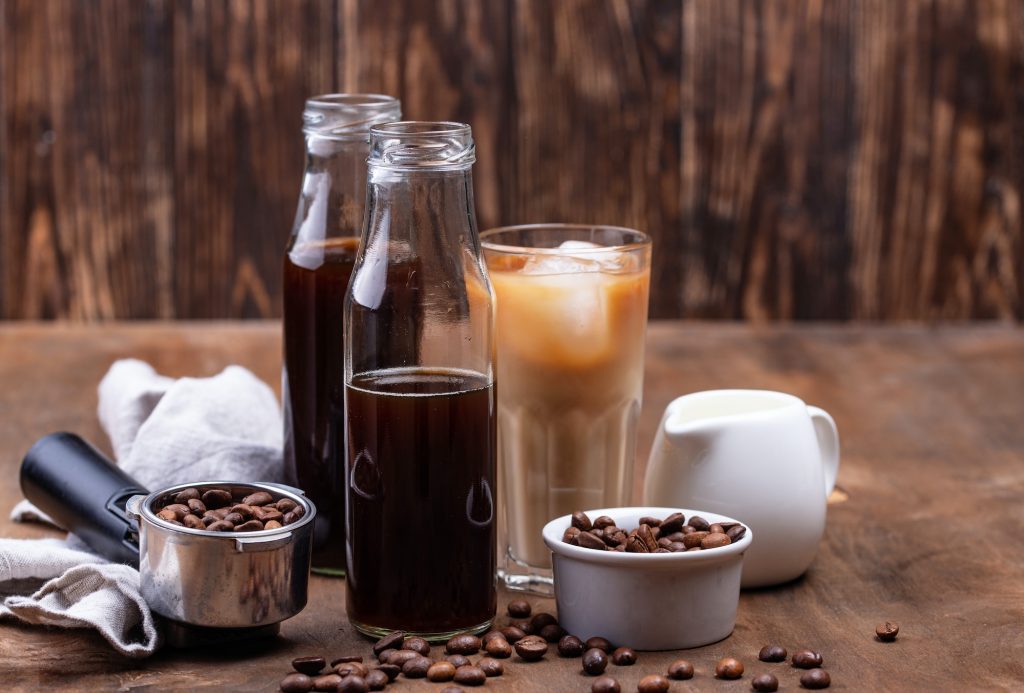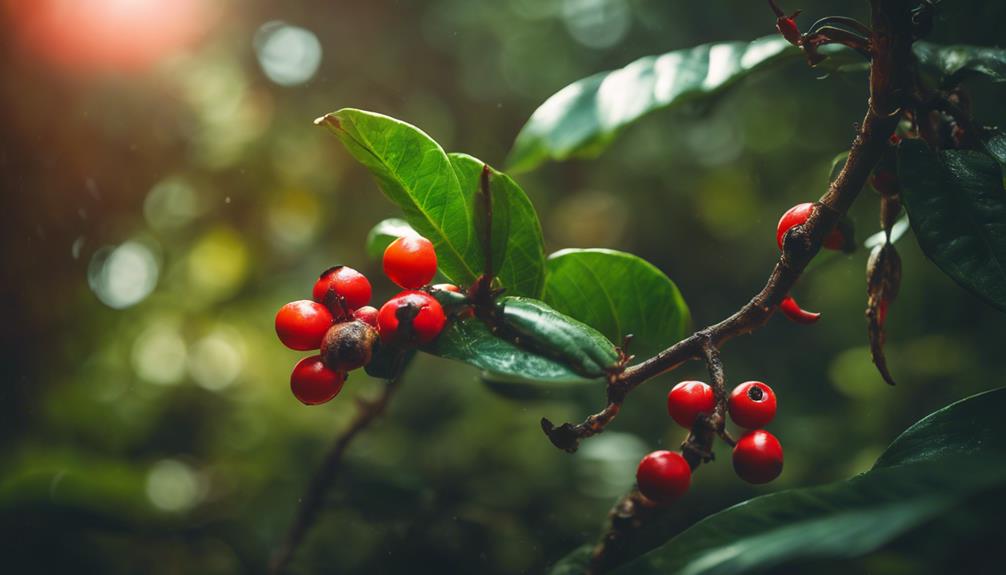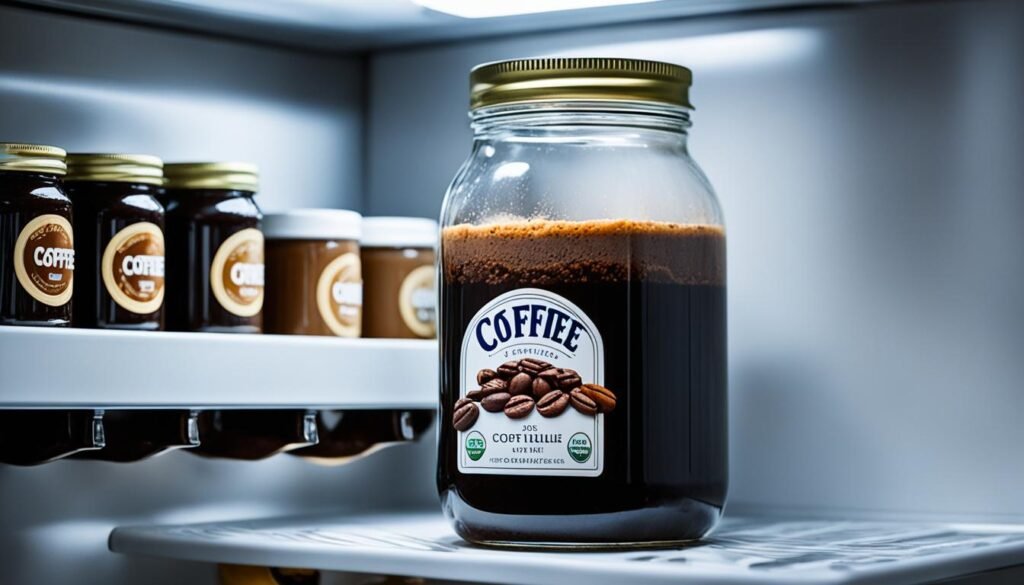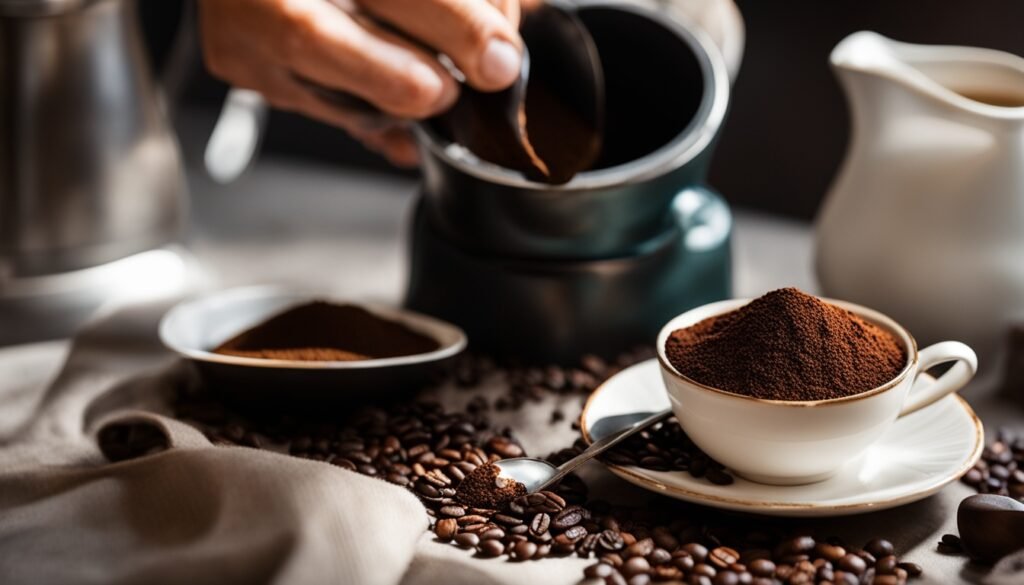The world of coffee is ever-changing, and there are always new ways to enjoy your cup of joe. But one thing that has remained popular for as long as anyone at BushyBeard can remember is a cup of strong coffee. We don’t know what it is, the instant high that a thick burst of caffeine gives you or the smooth taste of your favorite espresso after an enjoyable meal. In any case, whatever the reason, we know that our readers love their coffee strong so, in this blog post, we’ll explore four tried and tested ways to make a strong coffee that will wake you up and get you going.
1. French Press Coffee

French press coffee is a delicious way to enjoy a rich and full-bodied cup of coffee. The French press allows you to extract all of the coffee’s oils and flavors, resulting in a cup of coffee that is truly unique. If you are looking for a strong cup of coffee, then the French press is definitely the way to go. Simply add your desired amount of grounds to the press, add hot water, and let steep for 3-4 minutes. Once the brewing time is up, simply press the plunger down and enjoy your cup of joe. Whether you are enjoying it at home or in a cafe, French press coffee is sure to please. French press coffee is one of the most popular ways to make a strong coffee. The French press allows you to extract all of the coffee’s oils and flavors, resulting in a rich and full-bodied cup of coffee.
2. Espresso

If you’re looking for a strong cup of coffee, espresso is a great choice. You can control the strength of your espresso with a simple toggle, and you can also add or subtract coffee grounds to adjust the flavor and intensity of your shot. If you’re new to espresso, try different types of coffee beans to find one that you love. You might also want to experiment with different grinds to find one that works best for your taste buds. No matter how you like your coffee, there’s an espresso out there that’s perfect for you.
3. Turkish Coffee

Turkish coffee is a unique way to make coffee that has been around for centuries. The coffee is brewed in a pot with a small amount of water and then served in a small cup. This coffee is strong and full of flavor, and it’s the perfect way to start your day. Turkish coffee is made with very finely ground coffee beans, which are boiled in water and then left to simmer. This produces a strong and flavorful coffee that is perfect for those who want an early morning pick-me-up. If you’re looking for something different from your usual cup of joe, Turkish coffee is definitely worth trying.
4. Cold Brew Coffee

Cold brew coffee is a relatively new way of making coffee, and it’s become very popular in recent years. It is made by steeping coffee grounds in cold water for an extended period of time, usually 12 hours or more. This results in a smoother, less acidic cup of coffee. Many people find that cold brew coffee is less bitter and easier on the stomach than coffee made with hot water. In addition, cold brew coffee is said to have a higher concentration of antioxidants than other types of coffee. If you’re looking to try something new, cold brew coffee is definitely worth a try!
What is the ratio for strong coffee?
The ideal ratio of coffee to water is about 55 grams of coffee for every liter of water. This ratio will produce a coffee that is strong but not bitter. Of course, the perfect ratio will vary depending on the type of coffee bean being used and the desired strength of the coffee. For example, lighter roasted beans will require more coffee in order to achieve the same level of strength as darker roasted beans. Similarly, if you want a stronger cup of coffee, you will need to use more coffee grounds. Ultimately, the best way to find the perfect ratio is to experiment until you find a combination that suits your taste.
Whether you’re looking for a new way to make your morning coffee or you want to explore all the different ways to enjoy coffee, these three methods are a great place to start.
What makes coffee so strong?
There are a few things that contribute to making coffee strong. First of all, it’s important to start with fresh, quality beans. When the beans are roasted, they should be ground fresh for the best flavor. The grind size also makes a difference – a finer grind will result in a stronger cup of coffee. Finally, the brewing method can have an impact on the strength of the coffee. For example, espresso is very concentrated and has a high level of caffeine, while drip coffee is less concentrated and has less caffeine. In general, the longer coffee is brewed, the weaker it will be. So if you’re looking for a strong cup of coffee, make sure to start with fresh beans that are finely ground, and brew them for a shorter period of time.
Which grind makes the strongest coffee?
When it comes to coffee, there are a lot of different grinds to choose from. Each grind has its own merits, and the best grind for your coffee will depend on your personal preferences. That said, if you’re looking for a strong cup of coffee, you’ll want to go with a coarse grind. Coarse grounds have more surface area than fine grounds, which means they release more flavor when they come into contact with water. As a result, a coarse grind will produce a more robust cup of coffee. If you prefer a milder cup of coffee, on the other hand, you may want to try a finer grind. Fine grounds have less surface area, so they release less flavor. This makes for a smoother cup of coffee that is less likely to be bitter. Ultimately, the best grind for your coffee is the one that produces the flavor profile that you enjoy the most.
If you’re looking for a new, interesting way to enjoy your morning coffee, Turkish coffee is definitely worth trying. Cold brew coffee is another great option if you’re looking for something smooth and less acidic. And if you want a really strong cup of coffee, make sure to try espresso—it’s one of the most highly caffeinated coffees around. Whatever your preference, we’ve got you covered with these three different methods for making coffee. So what are you waiting for? Start brewing!












